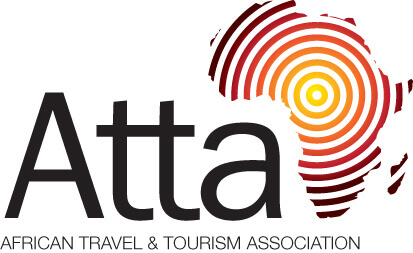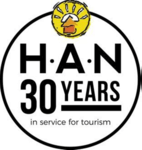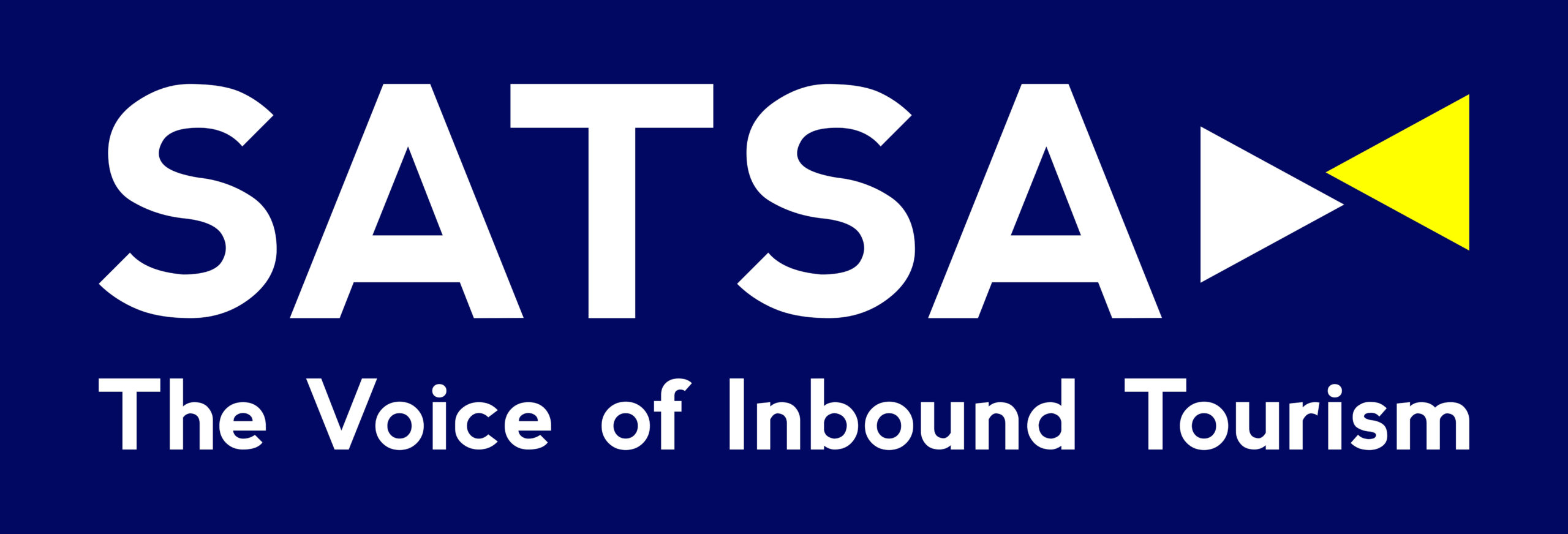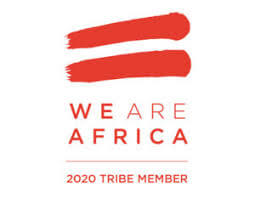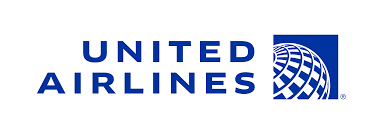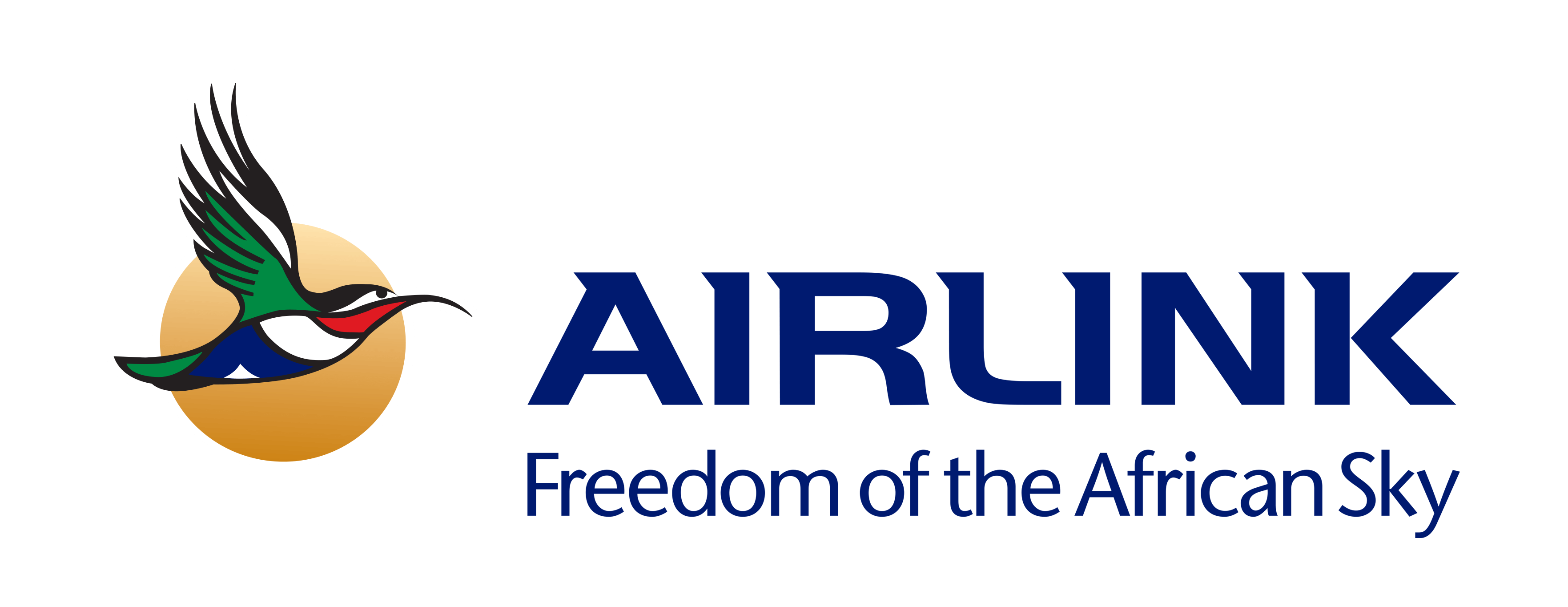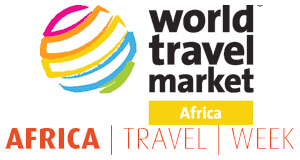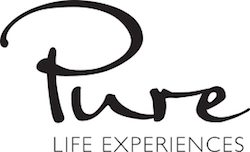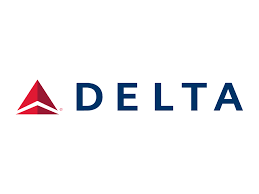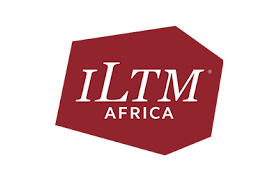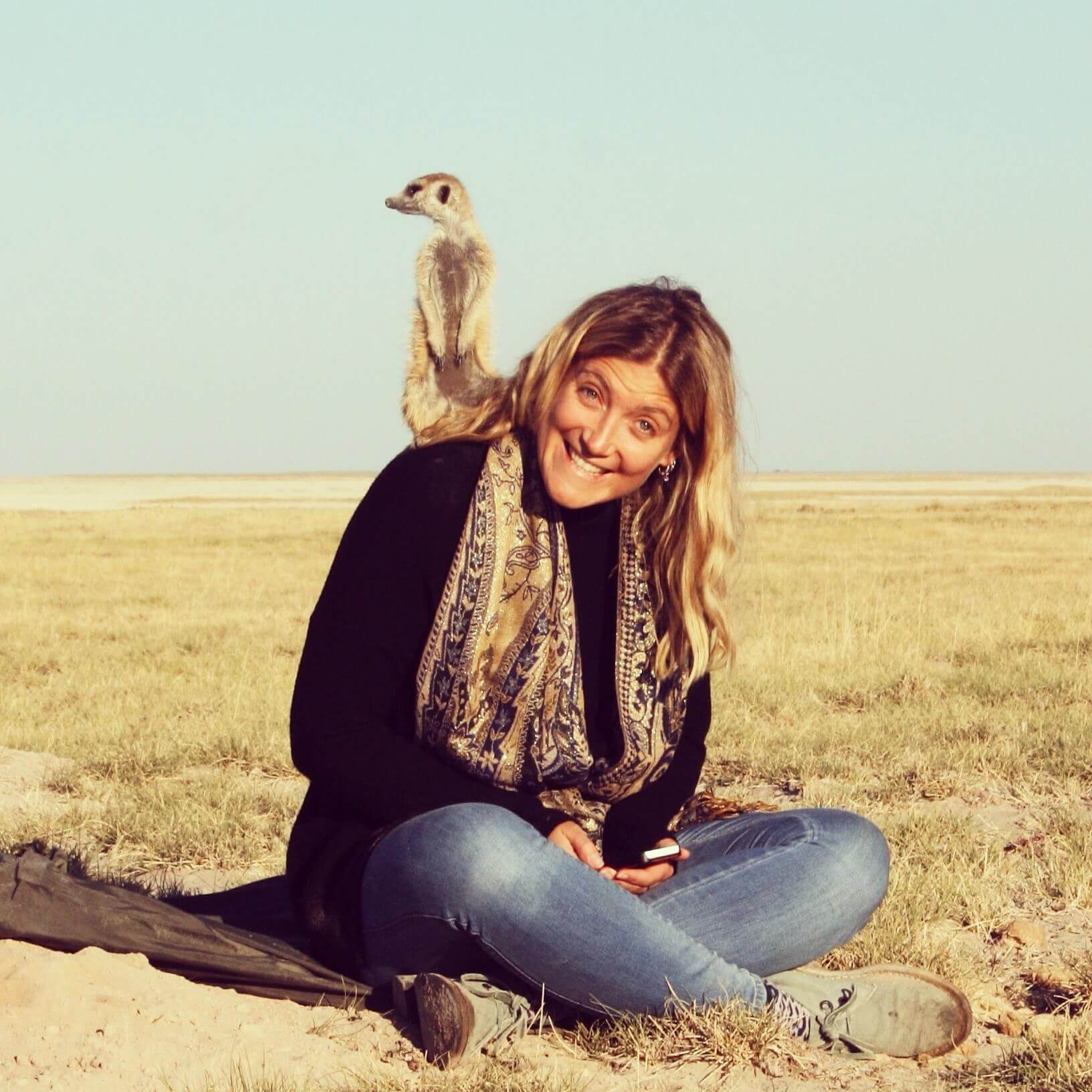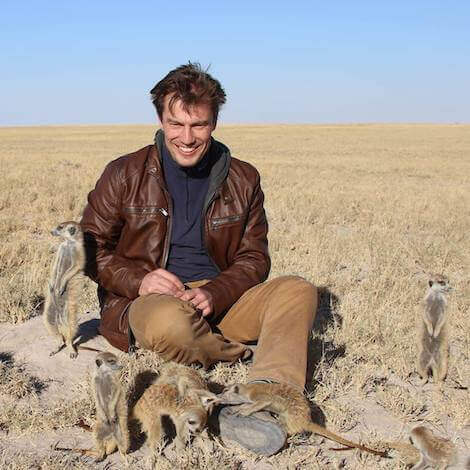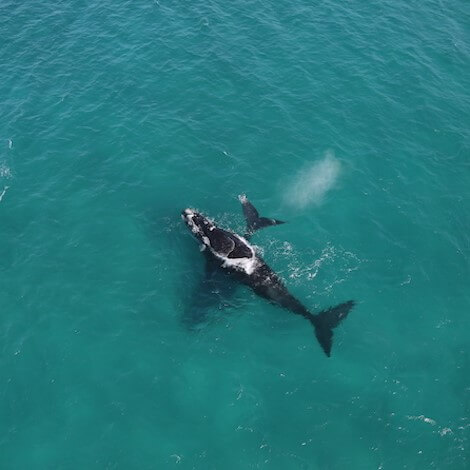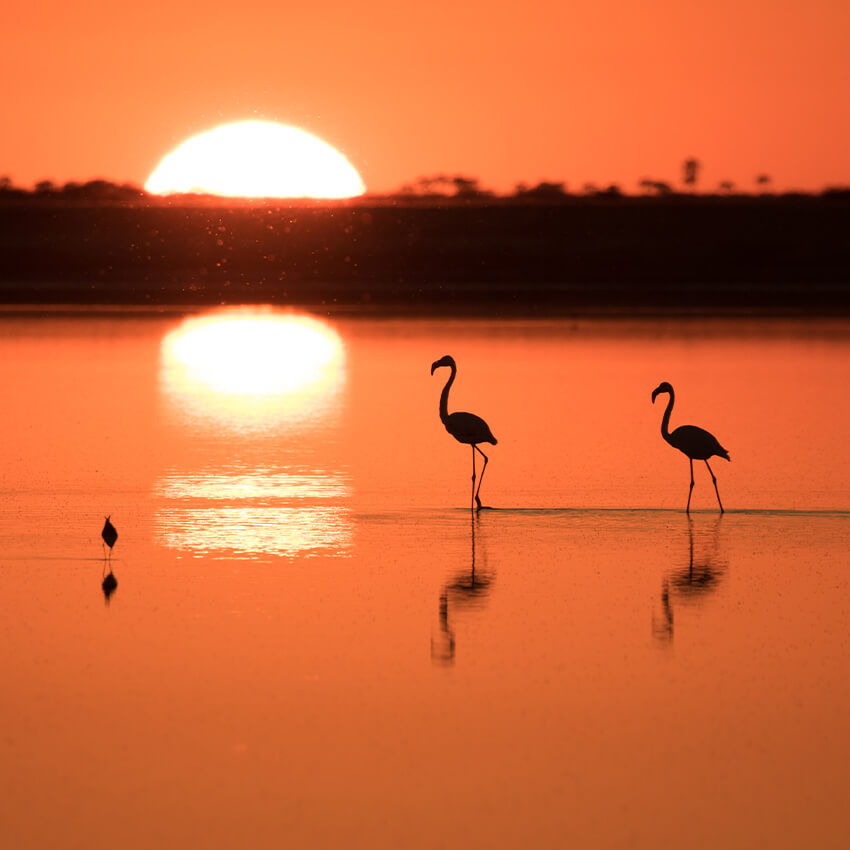Why We’re So Focused On Giraffes At Hoanib Valley Camp
 Pru Allison
Pru Allison
 August 24, 2018
August 24, 2018
Namibia is fast becoming the go-to place for travelers with a love of Africa, her landscapes and her wildlife, and visitors to Hoanib Valley Camp may have noticed that we’re really rather entranced by giraffes.
Despite the fact that the area is home to a number of quite extraordinary desert adapted species such as lions and elephants, we opted to team up with the Giraffe Conservation Foundation (GCF) – the only organisation in the world to be solely focused on the conservation of giraffes across Africa. At Hoanib Valley Camp, the giraffes in the region are our primary focus because giraffe conservation is something we’re taking extremely seriously. Here’s why…
The population of giraffe has dropped by some 40 percent since the mid-1980s, with less than 100,000 in the wild. In fact Africa has more than four times the amount of elephants than giraffes, although thanks to the work of the Giraffe Conservation Foundation and other initiatives, Namibia has managed better than most of the rest of the continent.
“Namibia is a giraffe conservation success story – bucking the trend of 40 percent decline in three decades for giraffe across their range in Africa,” notes Dr. Julian Fennessy, director and co-founder of GCF. “Numbers have more than doubled in the same timeframe in Namibia and their range has expanded, with valuable conservation translocations across public, private and communal land. Whilst a small amount of localised poaching has been reported, good conservation management overseen by the Ministry of Environment and Tourism has been the backbone of this success.”
While a recent report released by the Humane Society of the United States claims that a trade in giraffe parts plays a large role in this decline in giraffe numbers, our partners at GCF are somewhat unsure about these statements. The report suggests that almost 40,000 giraffe parts have been brought into America over the last 10 years – amounting to around 4,000 giraffes.
The report adds that many of the products had potentially been sourced from trophy hunters who gave the false impression that the giraffes needed to be killed for humanitarian reasons, such as saving African villages from aggressive herds. Anyone who has observed giraffe would be shocked to see the words aggressive and giraffe used in the same sentence. Even a male giraffe stand-off is like watching a ballet.
Largely based on the work of GCF, these beautiful creatures were classified as a vulnerable species by the International Union for the Conservation of Nature (IUCN) on their Red List of Threatened Species, putting them just below the endangered classification. Since the species isn’t listed on the Convention on International Trade in Endangered Species (CITES) nor classified as endangered in the US under the Endangered Species Act, the sale of their parts is legal. Based on their experience and pointing to the fact that there is very limited research available on the giraffe trade, GCF suggests that the Humane Society’s campaign to have giraffes classified as endangered under the latter act should be critically reviewed and based in perspective.
“Whilst the study in the USA does highlight a considerable number of giraffe parts for sale, further investigation is needed to better understand these results, the broader legal trade of giraffe parts as well as increasing live trade. For a wide audience, hunting is a moral/ethical issue more than anything else. From a population science perspective, it should be noted that whilst hunting is legal in some countries in Southern Africa, giraffe numbers are increasing across the Southern African region. In contrast, giraffe numbers are declining in most of East and Central Africa where giraffe cannot be legally hunted. Illegal hunting (or poaching) is one of the major threats to giraffe and this was highlighted by the IUCN SSC Giraffe & Okapi Specialist Group in their Red List assessment of giraffe in December 2016. Based on this assessment giraffe were uplisted to ‘Vulnerable’ and legal hunting was not mentioned as a threat in this report.” Comments Julian on this somewhat controversial issue.
To make a real difference to giraffe we should put a positive slant on the matter and use giraffe conservation examples, such as in Namibia where working with local communities can make a real difference. Helping giraffe conservation on the ground in Africa working with governments, communities, and partners are where we can all make a difference and help save giraffe before it is too late.
At Hoanib Valley Camp guests will have the opportunity to chat with their guides about giraffe conservation in the area and if lucky even meet the GCF staff and gain a unique insight into the work being done to ensure the survival of these magnificent supermodels of northwest Namibia. Helping your guide collect giraffe identification data is a part of every drive.
“The Hoanib River and its surrounds are so unique, with giraffe and many other large mammals surviving in a landscape of fewer than 100 millimeters of rainfall per year,” explains Julian. “That is nothing! After many years of conservation research, we have untangled some of the mysteries of these giraffes, such as where they move, what they eat and importantly, how do they survive in an area with so little water. One of the most fascinating findings we have had is that for five years we never saw a giraffe drink and after assessing where they moved and what they ate, we deduced that they got enough water from the food they ate, changing their diet monthly! The world’s tallest animal can essentially live independent of free water – that is amazing!”
With 1.5 percent of all Natural Selection’s revenue going directly to conservation, those staying in camp can also rest assured that they’re a very vital component of the conservation efforts here.
Special Offers
Our special offers are designed to help you experience everything southern Africa has to offer whilst also saving some all-important pennies. Whether you’re about to embark on a once-in-a-lifetime solo trip, or are celebrating a special occasion, have a peek at our offers and see what could be in store for you.
